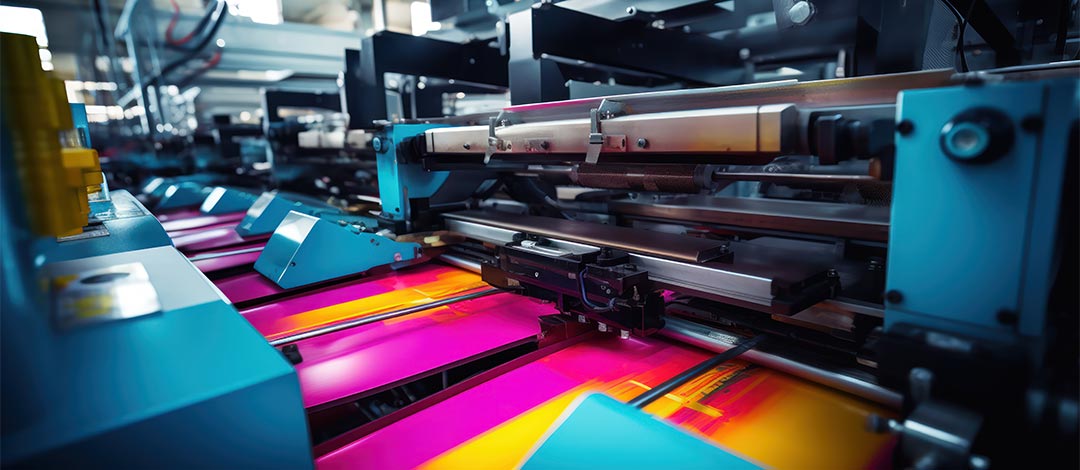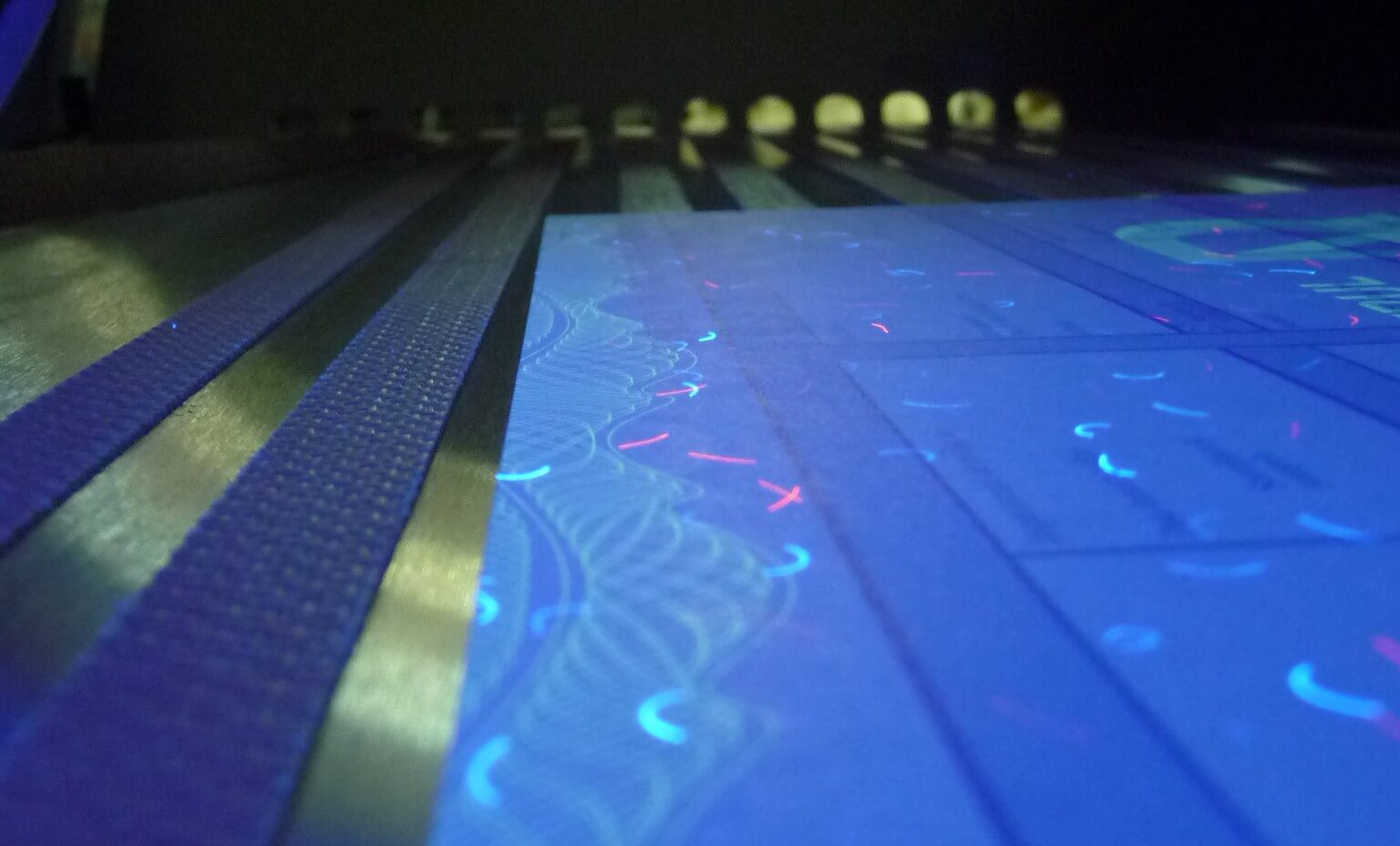Offset printing for posters remains a popular choice among businesses and artists alike. This traditional printing technique is known for producing high-quality prints, making it ideal for creating visually appealing posters. Understanding the nuances of offset printing can greatly benefit those in the printing industry or anyone looking to produce professional-grade posters.

What is Offset Printing?
Offset printing is a widely used printing technique where the inked image is transferred (or ‘offset’) from a plate to a rubber blanket, then to the printing surface. This method is preferred for its ability to produce sharp images and clean text. For more in-depth information, you can visit Wikipedia’s page on offset printing.
Why Choose Offset Printing for Posters?
There are several reasons why businesses opt for offset printing when creating posters:
High-Quality Prints
One of the primary advantages of offset printing is its ability to produce high-quality prints with vibrant colors and fine details, making it ideal for posters.
Cost-Effective for Large Volumes
Offset printing becomes more cost-effective as the quantity increases, making it a preferred choice for bulk poster production.
Versatility in Paper Choices
With offset printing, you can choose from a wide range of paper types and finishes, allowing for customization to suit specific needs.
The Offset Printing Process
The offset printing process involves several steps, each crucial to achieving the desired output:
1. Prepress Preparation
This stage involves creating printing plates and setting up the press. It’s essential to ensure that all graphics and texts are correctly aligned.
2. Inking the Plates
Once the plates are ready, they are inked with the chosen colors. The inked image is then transferred onto the rubber blanket.
3. Printing
The final step is transferring the image from the rubber blanket to the paper, resulting in a high-quality print.
Comparing Offset Printing with Digital Printing
While offset printing offers numerous benefits, it’s essential to consider digital printing as an alternative. For a detailed comparison, you might find this resource on offset vs digital printing helpful.
Advantages of Digital Printing
Digital printing allows for quick turnarounds and is cost-effective for smaller print runs. It also offers flexibility for on-demand printing.
When to Choose Offset Over Digital
Offset printing is preferable for larger print quantities and when high-quality output is necessary, as it often surpasses digital in terms of color accuracy and detail.
Applications of Offset Printing for Posters
Offset printing is not limited to just posters. It is widely used in various applications, including:
Advertising Campaigns
Businesses often use offset printing to create eye-catching posters for advertising campaigns, ensuring brand messages are conveyed effectively.
Event Promotions
Posters printed using offset techniques are perfect for promoting events due to their visual appeal and durability.
Art Reproductions
Artists can benefit from offset printing for reproducing artworks, maintaining the integrity and quality of the original piece.
Choosing the Right Printing Service
When selecting a printing service for your posters, consider their expertise in offset printing, the quality of their previous work, and customer reviews. For businesses, exploring options like offset printing for small businesses can be beneficial.
Assessing Cost and Quality
It’s crucial to balance cost with quality. While cheaper options might save money in the short term, investing in quality printing ensures a professional finish.

Frequently Asked Questions
What is the lead time for offset printing?
Lead times can vary, but generally, offset printing takes longer than digital due to the setup process. It’s advisable to plan ahead, especially for large orders.
Can offset printing accommodate custom sizes?
Yes, offset printing is versatile and can accommodate custom sizes and finishes, allowing for a tailored approach to your poster needs.
Is offset printing environmentally friendly?
Offset printing can be eco-friendly when using soy-based inks and recycled paper, reducing its carbon footprint.
For more insights into the world of printing, consider exploring topics like AI and IoT in printing and Edge AI in printing, which are transforming the industry.
This article contains affiliate links. We may earn a commission at no extra cost to you.







